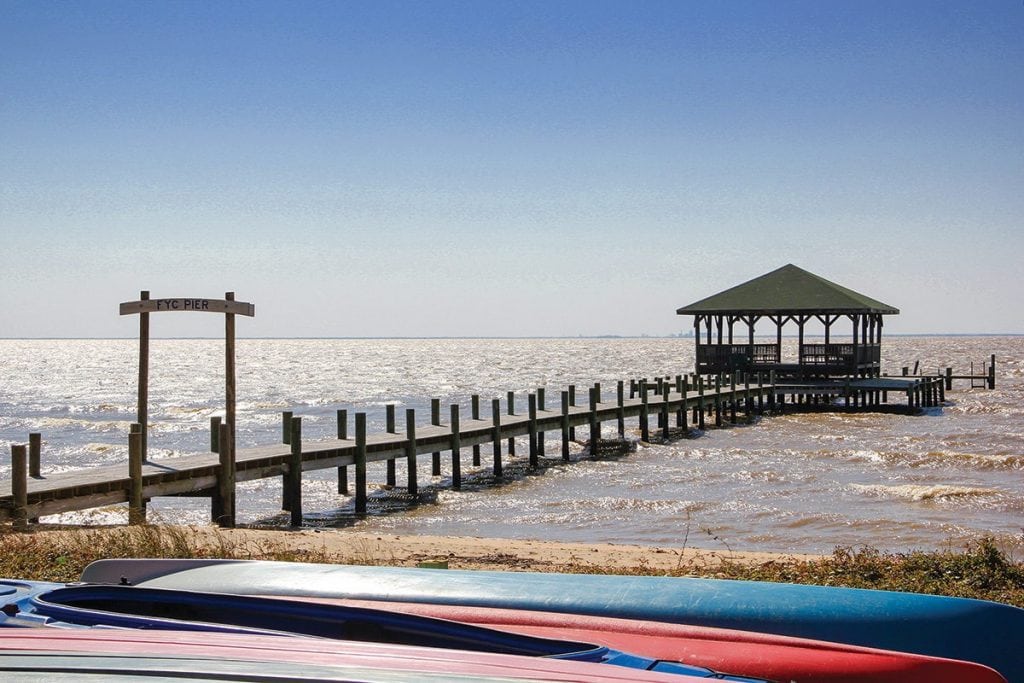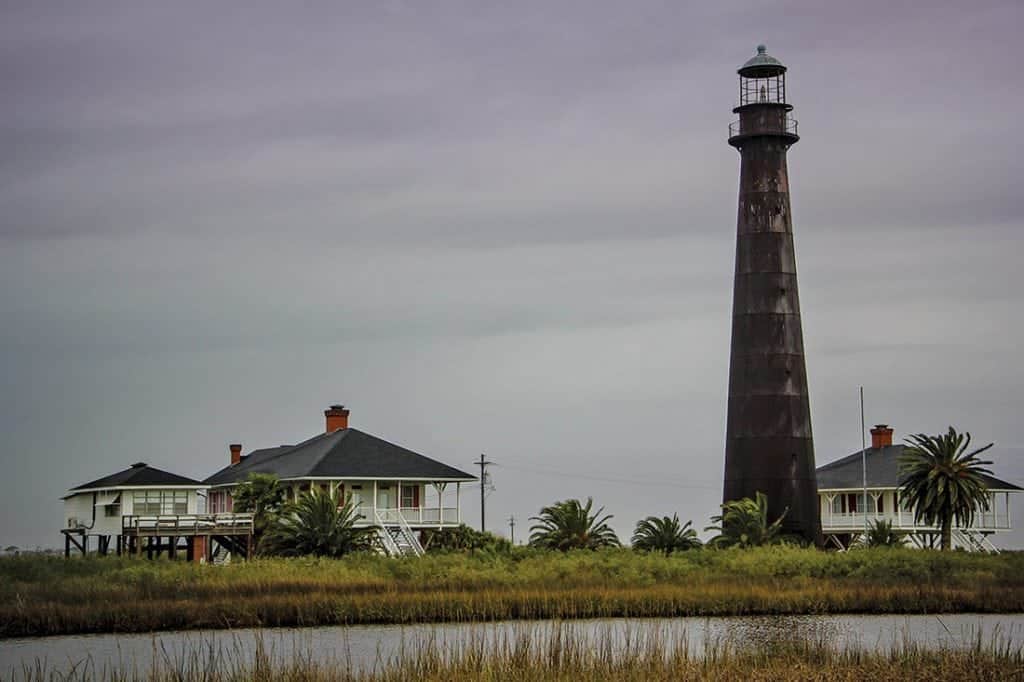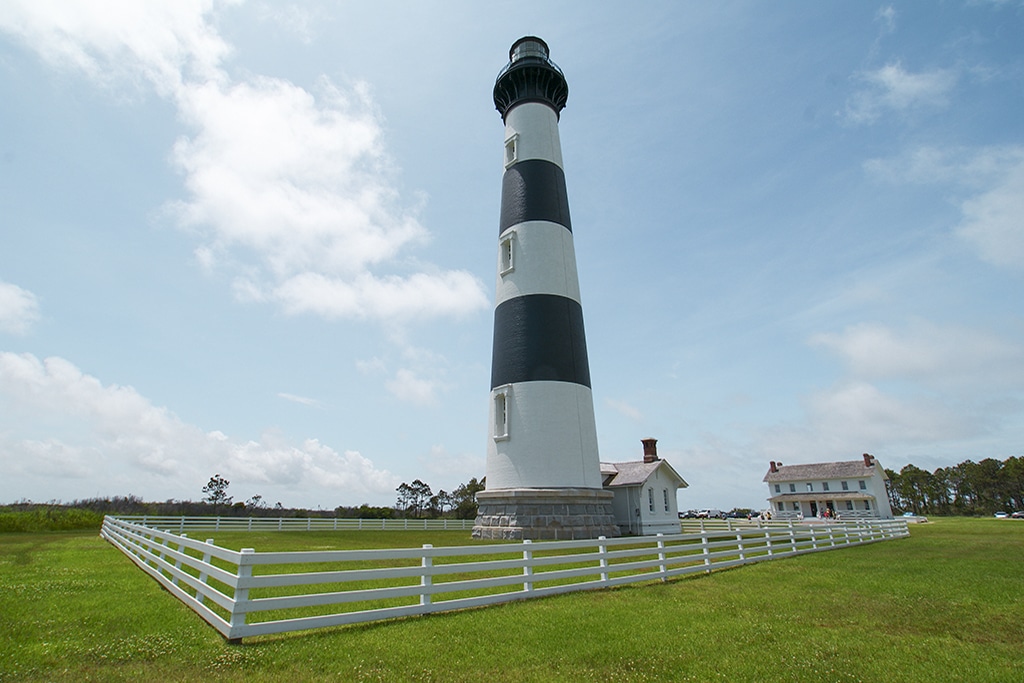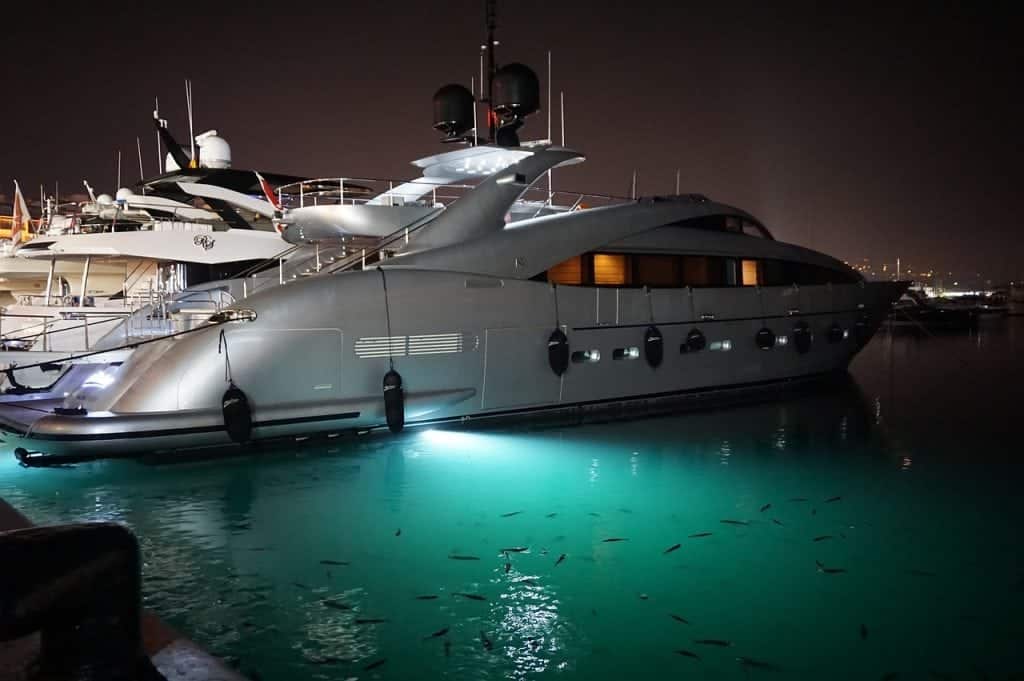More than 100 sailboats headed south in Mobile Bay for the 57th running of the Dauphin Island Regatta on April 25th. The race—hosted by a syndicate of the Fairhope, Mobile and Buccaneer Yacht Clubs—is a tradition in South Alabama and is considered to be more of a fun and less serious regatta. As such, the 17 nautical mile race sailing south to overnight parties and events on Alabama’s barrier island not only draws experienced racing crew from the region but also skippers and teams that may only take their boats out once a year. In the regatta’s heyday in the 80s and 90s, upwards of 400 boats would participate.
Under no weather warnings or watches, the regatta started about an hour and a half late due to miscommunication and a very common general recall for one of the starts. While there was a storm front moving toward Mobile Bay, the very weather-aware boaters and the Race Committee sailed in a steady 15-16 knots of breeze under overcast, yet non-threatening skies.
Three and a half hours after the race started a supercell thunderstorm exploded and slammed the fleet of boats that was spread throughout the bay racing, returning to home port or tying up at the giant raft-up on Dauphin Island. The storm moved over the fleet at 60 knots with an initial windblast of 70 knots and caught many of the vessels in open waters. For more than 30 minutes the crews battled a sustained breeze of 50 knots and seas that kicked up in only minutes to 8 feet in the shallow bay. Docked vessels were ripped from their moorings.
In the aftermath, 10 sailboats from 20 to 27 feet in length were sunk bringing a total of 40 souls into the water. Most were rescued by their fellow competitors, who, along with the U.S. Coast Guard and multiple other agencies, patrolled the bay for hours in what became an exhaustive search. A local fisherman who was on the bay, along with many others, was also lost and brought the death toll to six.
U.S. Sailing Olympic Team Boatwright Donnie Brennan, who has sailed in this regatta for more than 20 years, was racing with friends that day when they were caught returning home among many of the slower keelboats still finishing the race. “Mother Nature keeps preaching to us over and over again this same lesson and I don’t know why we have to keep relearning it. Safety is always first. Always have life jackets on or nearby, take down the sails and close the hatches because in that first gulp of water, 250 gallons go into the boat, and in the second it’s 400 gallons. For the third gulp, the boat goes to the bottom,” Brennan said, who along with his fellow crewmembers pulled two people from the water that afternoon. One was wearing a lifejacket and the other, in severe distress, was not.
By Troy Gilbert, Southern Boating Magazine, August 2015














